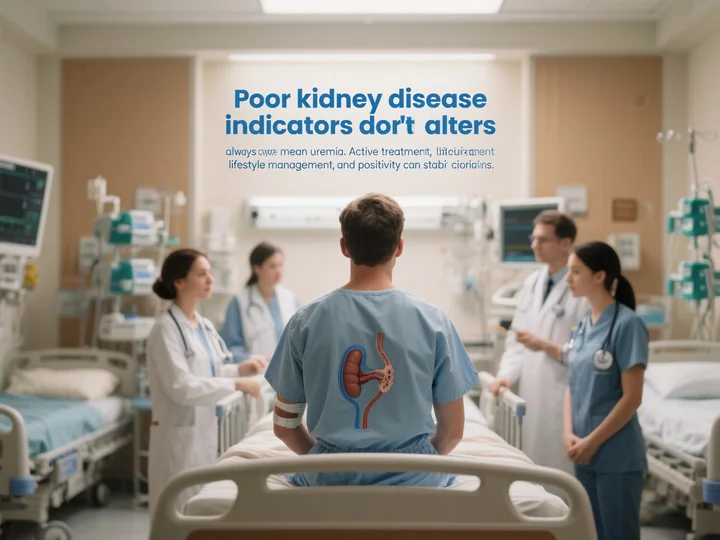Some patients with severe pathological conditions, intense symptoms, and significantly elevated indicators don’t give up hope or wait for uremia. Instead, they actively cooperate with doctors, achieving stable control of their condition.
Conversely, some patients with milder pathological types, moderately elevated indicators, and less severe symptoms initially respond well to treatment. However, neglecting follow-up care or discontinuing treatment due to various factors often leads to recurring and worsening conditions.
Thus, even patients with “innate” advantages must prioritize ongoing treatment. How well do you manage these “acquired factors” that influence disease progression?
Avoid Blind Trust and Nephrotoxic Drugs
Exposure to nephrotoxic drugs is a key cause of rapid kidney function decline in kidney disease patients. Improper medication not only fails to treat the disease but can worsen it.
Steer clear of claims like “cures all diseases” or “a few doses can cure uremia.” Avoid drugs with unclear mechanisms, especially nephrotoxic ones, such as certain herbal medicines (e.g., Aristolochia, Clematis armandii, Stephania tetrandra), proprietary Chinese medicines (e.g., Gynecological Fenqing Pills, Guanxin Suhe Pills), contrast agents, and antibiotics like gentamicin. If these are necessary, consult your doctor and monitor dosages carefully.
Don’t Arbitrarily Choose Treatments; Stay Objective
In kidney disease treatment, some patients divide into camps of “Western medicine only” or “Traditional Chinese medicine only.” In truth, both have strengths: Chinese medicine regulates the kidney’s internal environment, promoting blood flow and toxin metabolism, while Western medicine targets symptoms and indicators. Combining their strengths yields better results.
Treatment plans should adapt to your condition’s changes, not your whims.
Don’t Ignore Follow-Up Results; Observe Closely
Regular checkups are crucial for kidney disease treatment, but don’t focus solely on indicator changes. Analyze what these shifts reveal about your condition. For instance, a decrease in proteinuria suggests stabilization, while an increase may signal a relapse. What caused it? How harmful is it to kidney function? Paying attention to these details could be your chance to stay far from uremia.
Don’t Act on Impulse; Prioritize Lifestyle Management
Certain habits, like staying up late, smoking, or drinking, harm kidney disease treatment. Patients must manage their lifestyle, eliminate harmful habits, and ease the burden on their kidneys before regret sets in as the condition worsens.
Don’t Neglect Diet; Support Treatment
Proper diet management adds weight to kidney disease treatment. Don’t view strict dietary rules as obstacles. If your previous diet was unhealthy or irregular, prioritize your kidneys’ needs over your cravings.
Don’t Be Overly Pessimistic; Stay Positive
Patients who start with a negative outlook can’t expect positive outcomes. Depression and anxiety destabilize indicators and hinder kidney function recovery. Your kidneys “read” your attitude. A proactive approach is what every kidney patient needs.

Share this content:

Leave a Reply